JaRon Marshall - The Return of Slick (2025)
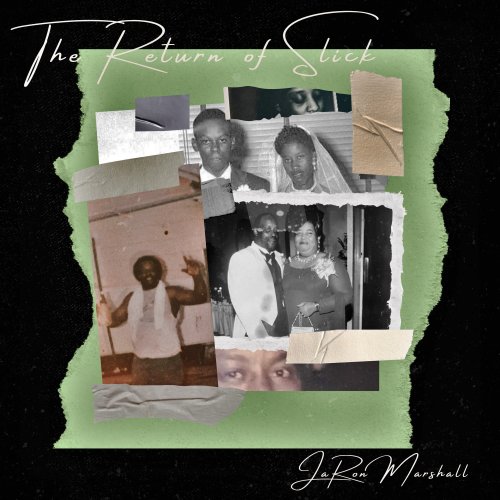
Artist: JaRon Marshall
Title: The Return of Slick
Year Of Release: 2025
Label: The Vault France
Genre: Neo-Soul, Jazz, R&B, Soul
Quality: FLAC (tracks)
Total Time: 26:39
Total Size: 166 Mb
WebSite: Album Preview
Tracklist: Title: The Return of Slick
Year Of Release: 2025
Label: The Vault France
Genre: Neo-Soul, Jazz, R&B, Soul
Quality: FLAC (tracks)
Total Time: 26:39
Total Size: 166 Mb
WebSite: Album Preview
1. Keep On Shining (2:51)
2. The Intro (0:26)
3. The Realest (2:21)
4. Interlude I (0:59)
5. Augusta (3:17)
6. Tomorrow (3:20)
7. I Had To Get Away (2:13)
8. THE RETURN OF SLICK (3:15)
9. Deep Shadows (1:52)
10. Interlude II (1:23)
11. Ego Death (2:31)
12. Freedom (Outro) (2:23)
Black Pumas’ keyboardist and up-and-coming solo artist JaRon Marshall has returned with his second full-length album. The Return of Slick follows the acid jazz sounds of 2023’s Earth Sounds, along with a series of singles released since then.
To fully understand the artistry behind The Return of Slick, you need not look past the first four songs to get a sense of the sonic approach behind Marshall’s latest album. “Keep On Shining,” the first track, features glossy vocals from Dominique Fils-Aimé set over spacey beats, demonstrating a pop flavour that is prominently displayed throughout the album. The following track, “The Intro,” serves as a brief, cinematic segue to the jazzy beats, driven by straight drums. The track also features Ric Wilson spitting a verse over the ever-so-slightly displaced backbeat. Finally, “Interlude I” introduces an instrumental jazz fusion tone to the record on this incredibly brief track. From these tracks, we can see Marshall’s ambition, as he seeks to bridge jazz, rap, and pop together through masterful beats, all performed live in the studio, but each written and recorded to sound like something an artist would sample.
This organic approach to instrumentation and songwriting is at the core of Marshall’s sound and is the most unique element of The Return of Slick. “Augusta” is perhaps one of the best examples of this, with its jangly piano solo and warm, brassy motif. The track is set atop displaced drums that feel stubbornly straight, but also, somehow swung. It is through this creative approach that you can liken Marshall’s performance to the production of J Dilla and MF Doom. While further neo-soul and pop elements can be heard on songs like “Tomorrow” (featuring Claudia Isaki) and “I Had To Get Away” (featuring Jermaine Holmes), there is a distinct lack of rapping beyond Wilson’s lone verse. Instrumentally, The Return of Slick is, distinctly, a hip-hop record and would benefit from leaning further into that direction.
In a true-to-form fashion, you never really know what to expect from Marshall. The Return of Slick marks a strong addition to his growing and eclectic solo catalogue. By switching gears from the polished R&B of his recent singles and the experimental jazz of his previous album, The Return of Slick marks a significant shift for Marshall in developing his voice as a performer, songwriter, and producer, making him a vital artist in our modern musical landscape. If anything, The Return of Slick leaves me longing to see Marshall collaborate with underground and iconic rappers, as a means of extending the legacies of J Dilla and MF Doom alike.
To fully understand the artistry behind The Return of Slick, you need not look past the first four songs to get a sense of the sonic approach behind Marshall’s latest album. “Keep On Shining,” the first track, features glossy vocals from Dominique Fils-Aimé set over spacey beats, demonstrating a pop flavour that is prominently displayed throughout the album. The following track, “The Intro,” serves as a brief, cinematic segue to the jazzy beats, driven by straight drums. The track also features Ric Wilson spitting a verse over the ever-so-slightly displaced backbeat. Finally, “Interlude I” introduces an instrumental jazz fusion tone to the record on this incredibly brief track. From these tracks, we can see Marshall’s ambition, as he seeks to bridge jazz, rap, and pop together through masterful beats, all performed live in the studio, but each written and recorded to sound like something an artist would sample.
This organic approach to instrumentation and songwriting is at the core of Marshall’s sound and is the most unique element of The Return of Slick. “Augusta” is perhaps one of the best examples of this, with its jangly piano solo and warm, brassy motif. The track is set atop displaced drums that feel stubbornly straight, but also, somehow swung. It is through this creative approach that you can liken Marshall’s performance to the production of J Dilla and MF Doom. While further neo-soul and pop elements can be heard on songs like “Tomorrow” (featuring Claudia Isaki) and “I Had To Get Away” (featuring Jermaine Holmes), there is a distinct lack of rapping beyond Wilson’s lone verse. Instrumentally, The Return of Slick is, distinctly, a hip-hop record and would benefit from leaning further into that direction.
In a true-to-form fashion, you never really know what to expect from Marshall. The Return of Slick marks a strong addition to his growing and eclectic solo catalogue. By switching gears from the polished R&B of his recent singles and the experimental jazz of his previous album, The Return of Slick marks a significant shift for Marshall in developing his voice as a performer, songwriter, and producer, making him a vital artist in our modern musical landscape. If anything, The Return of Slick leaves me longing to see Marshall collaborate with underground and iconic rappers, as a means of extending the legacies of J Dilla and MF Doom alike.

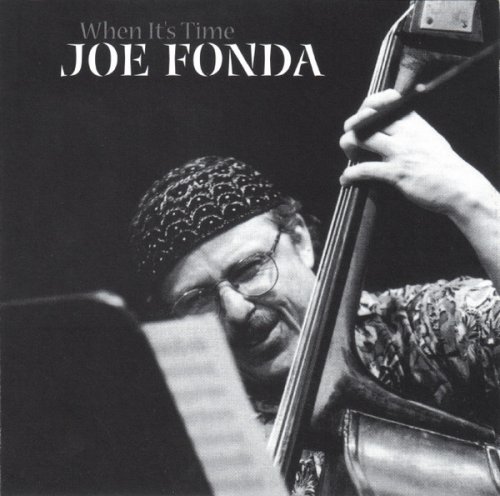

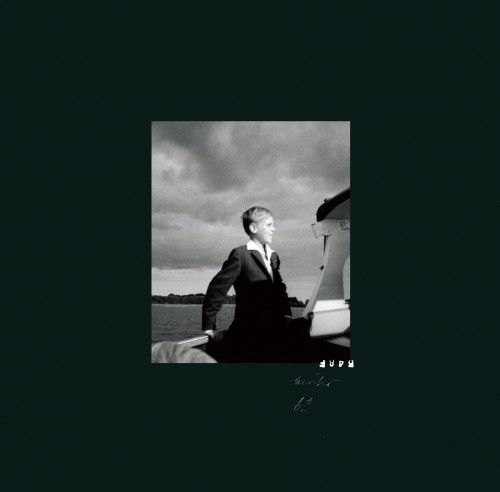
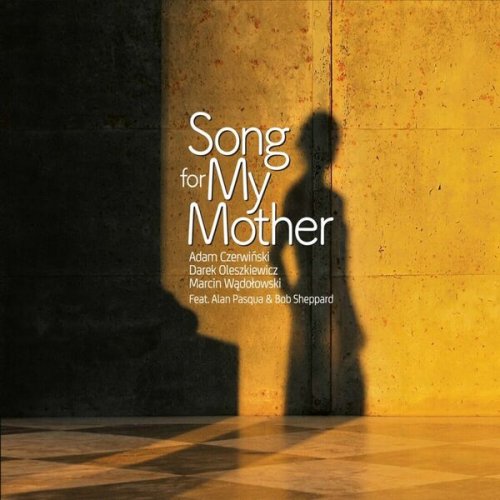

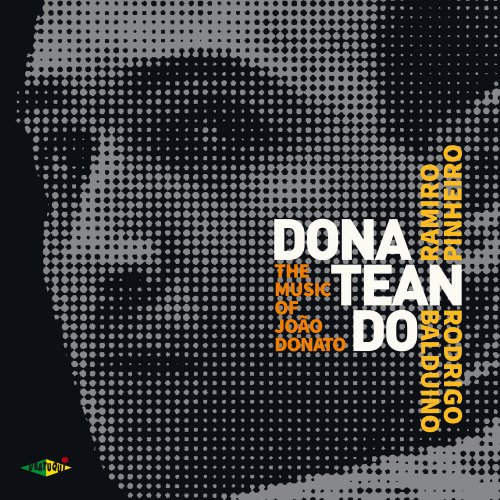
![Ole Morten Vågan, Trondheim Jazz Orchestra - This Is Wuppertal! (Live) (2025) [Hi-Res] Ole Morten Vågan, Trondheim Jazz Orchestra - This Is Wuppertal! (Live) (2025) [Hi-Res]](https://img.israbox.com/img/2025-12/05/nuwetcr354sp4emcxkznc2vyb.jpg)
